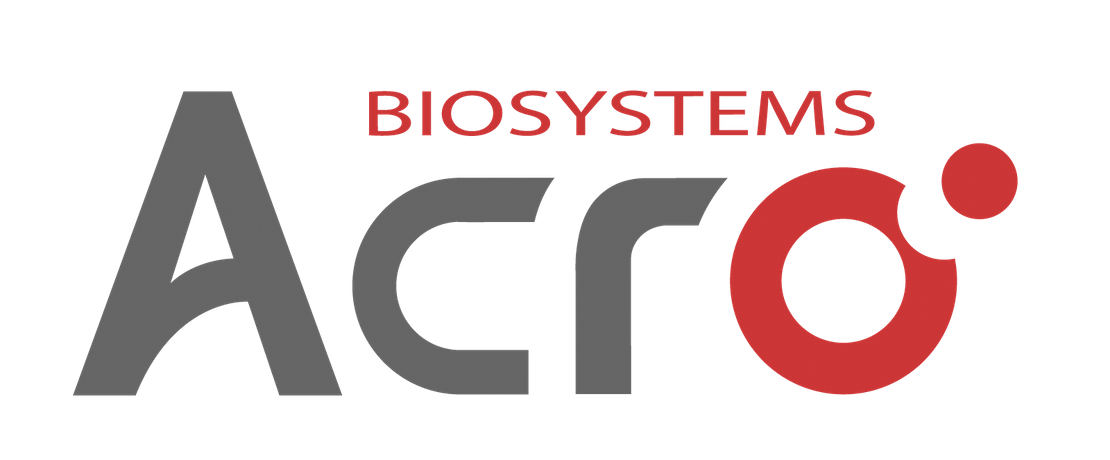To make a CAR T cell, scientists must first design the CAR protein. The intracellular portion usually derives from natural signaling domains that activate T cell cytotoxicity, although the number and type of domains can vary (7). Researchers tailor the extracellular portion to bind to a specific surface antigen on a cancer cell (7). They employ a variety of methods, including protein engineering, computational modeling, and high throughput screening, to develop CARs with sufficient affinity and selectivity for the target antigen, stability, and ability to activate the T cell (7).
To incorporate the CAR into T cells, scientists identify the gene that provides the instructions for making the CAR protein. Using various genetic engineering approaches, they insert the gene into T cells extracted from a patient’s blood, causing the cells to express the CAR protein (6). Scientists grow these CAR T cells in the lab to generate millions of them to infuse into the patient (6). While the exact number of CAR T cells a patient receives depends on how many are initially retrieved and how efficiently the modified cells multiply, one FDA-approved CAR T cell therapy requires 0.2 to 5 million CAR T cells per kilogram of patient weight (8).
Researchers are also interested in manufacturing CAR T cells from healthy T cell donors rather than cancer patients. As the process of creating CAR T cells can take weeks, using donor cells provides a stored inventory of CAR T cells that are immediately available when cancer patients need them (6,9). Additionally, as combatting cancer can leave patient T cells exhausted, T cells from healthy donors may be able to kill cancer cells more effectively than those from cancer patients (10,11). However, donor-derived T cells may recognize the recipient’s healthy cells as foreign and attack them (10). Researchers use gene editing techniques such as CRISPR/Cas9 to eliminate receptors involved in recipient cell recognition from donor T cells (10). Once CAR T cells from patients or healthy donors find themselves inside the body, their journey toward treating cancer begins.

